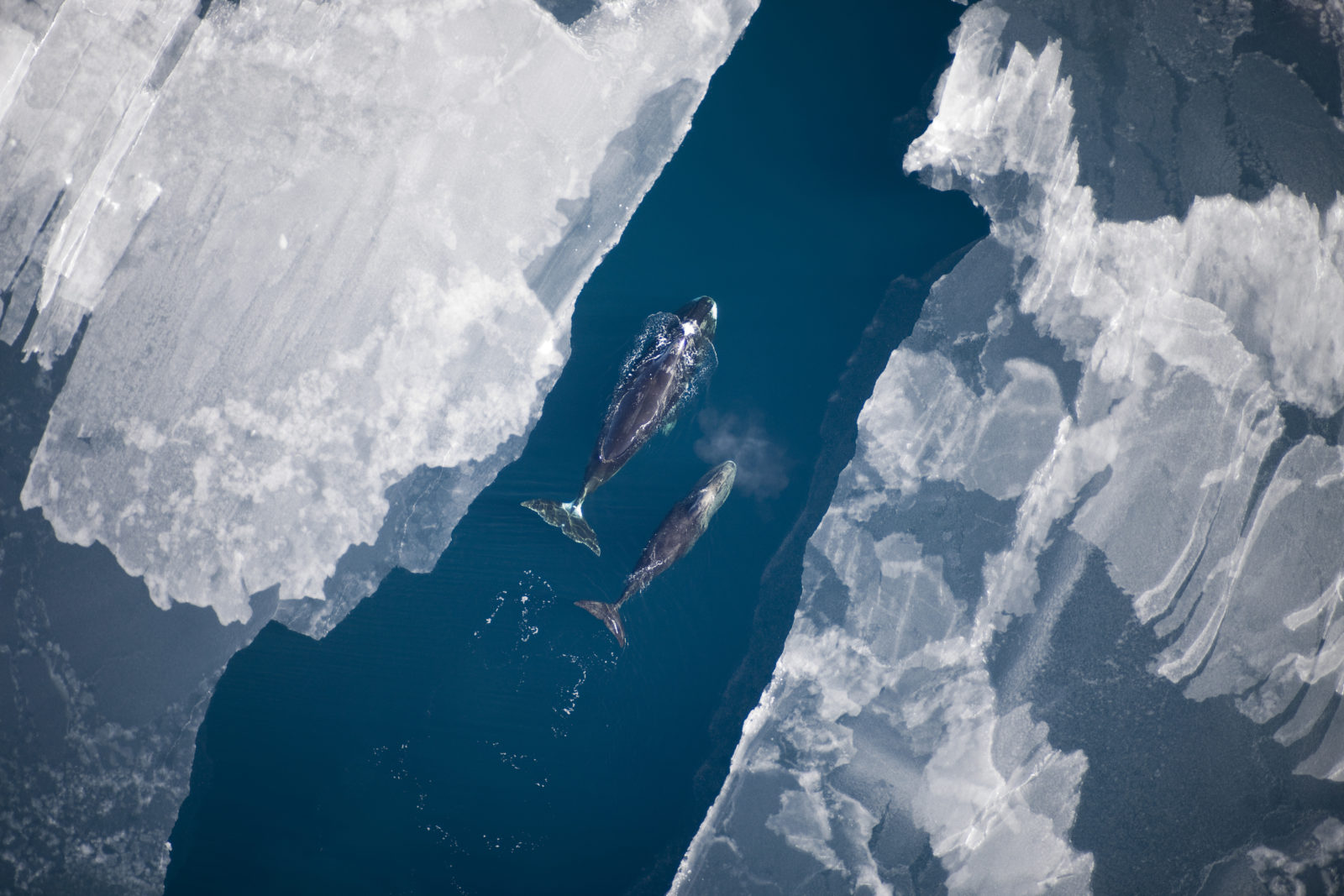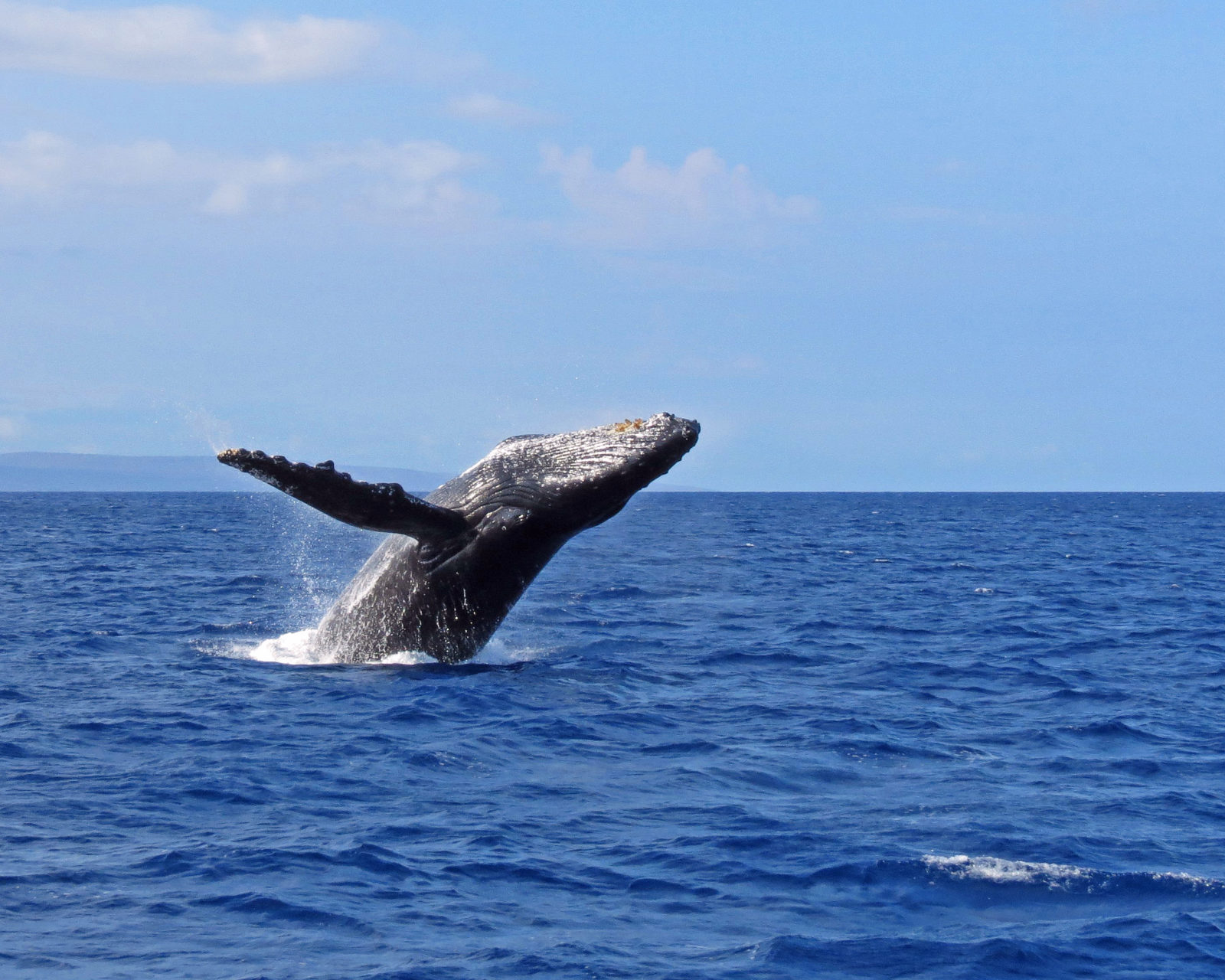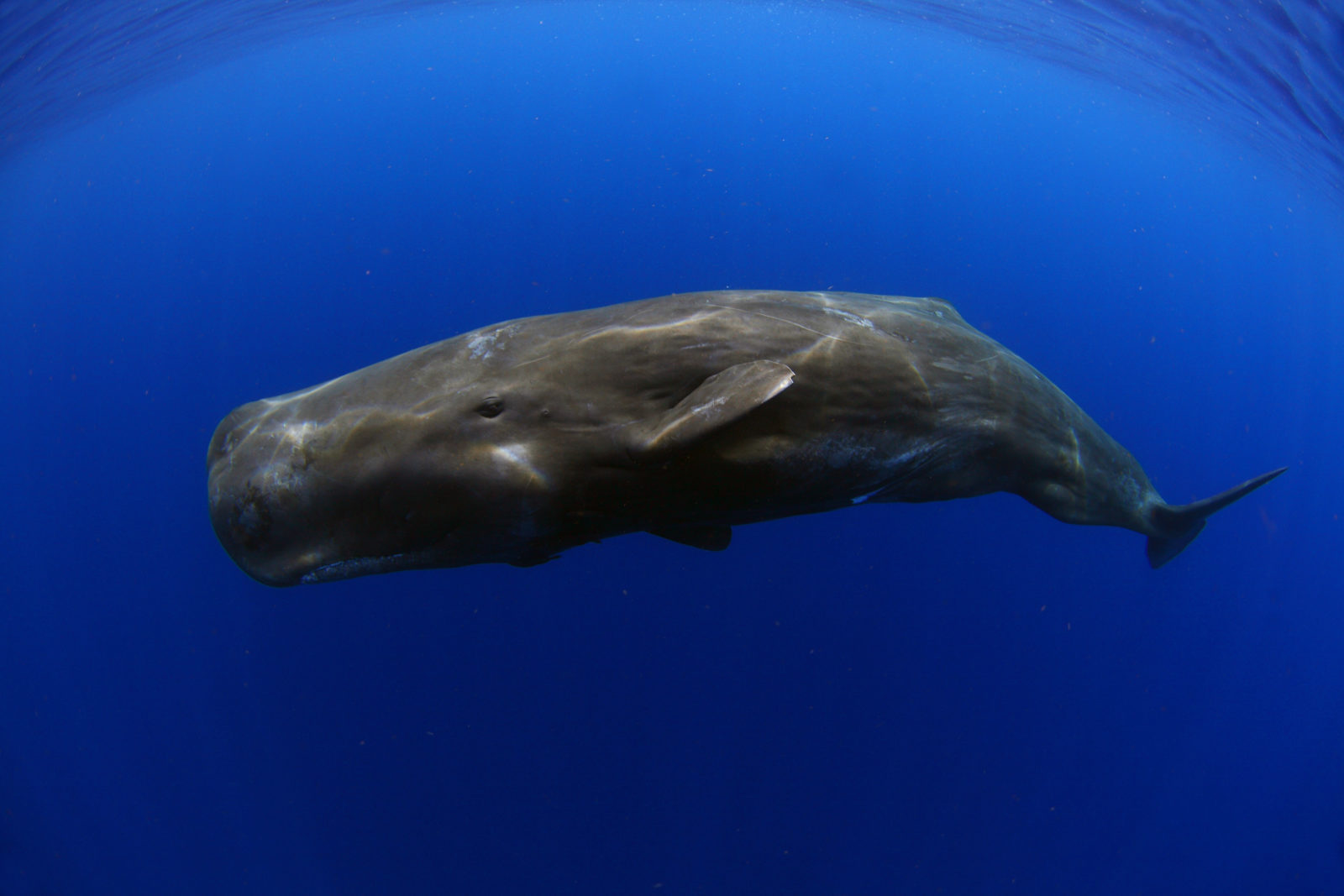5 Whales to Love this WHALEntine’s Day
Published by Ocean Conservancy
Valentine’s Day isn’t the only special day that falls this week: World Whale Day does too! In honor of both of these special holidays, I’ve put together a list of five incredibly loveable whale species to celebrate this year. From the chilly waters of the Arctic to the warm waves of the tropics, these five whales are definitely worth celebrating. Which one of these cetaceans is your favorite this year? Read through the list, then vote for your favorite for a whale-y special surprise!
Beluga Whale
Delphinapterus leucas


Location: Arctic and subarctic
Lifespan: 35-50 years
Average Size: 3,000 pounds
IUCN Rating: Least Concern
One of the most iconic and identifiable Arctic species, belugas have a thick layer of blubber and a dorsal ridge to help them thrive in chilly waters. Their favorite snacks include fish, like salmon, and invertebrates, like mussels, and they can dive up to 800 feet for 25 minutes to get them! While their crisp white color makes them unique among other whale species, most are actually born dark gray, maturing to a fully white exterior over the course of up to eight years. One adorable fact about belugas is that they have the unique ability to make facial expressions, such as smiling, just like humans do! With such adorable abilities, who couldn’t love these charismatic creatures?
Bowhead Whale
Balaena mysticetus


Location: Arctic and subarctic
Lifespan: About 100 years
Average Size: 75-100 tons
IUCN Rating: Least Concern
Belugas aren’t the only whale species to grace the Arctic waters. Bowhead whales love these icy territories, too. These marine mammals get their name from the shape of their jaw, which look quite a bit like an archer’s bow. Bowhead whales are the second heaviest animals in the world, and their enormous skulls measure in at around 30-40% of the entire length of their body. Their most fascinating feature is likely the one that makes them most unique: bowhead whales are known as one of the longest-living animals in the entire world, with some scientists estimating maximum lifespans of up to 200 years.
Humpback Whale
Megaptera novaeangliae


Location: All over the globe
Lifespan: 80-90 years
Average Size: 40 tons
IUCN Rating: Least Concern
If any whales should be known as great world travelers, we’d say those whales are humpbacks! Each and every year, these baleen whales migrate away from cool feeding grounds to warmer areas in order to breed. Each population has a distinct migration route, with the longest group traveling all the way from Antarctica to South America (that’s the longest migration pattern of any mammal in the entire world!) Humpbacks are also quite large, weighing up to 40 tons and consuming up to 3,000 pounds of krill, plankton and tiny fish each day. Perhaps the most distinctive behavior of this species is their iconic ‘singing’, performed by males only and are far more intricate than any other animal species on Earth.
North Atlantic Right Whale
Eubalaena glacialis


Location: Arctic and subarctic
Lifespan: 50-100 years
Average Size: Up to 70 tons
IUCN Rating: Endangered
These baleen whales are quite distinctive and are often identified by the calluses found around their head. North Atlantic Right whales are quite friendly and don’t often display fear when near boats or shipping vessels. This can often be problematic for them because this species is prone to threats like ship collisions and fishing gear entanglement, with up to 30% of them calculated to become entangled each year. Unfortunately, North Atlantic Right whales are now one of the most endangered whale species in the world. However, North American ocean advocates and stakeholders are working hard to reduce human impacts on the species’ health and are fighting to ensure growing and healthy populations in the years to come.
Sperm Whale
Physeter macrocephalus


Location: Deep waters all over the globe
Lifespan: 70 years
Average Size: 35-45 tons
IUCN Rating: Vulnerable
Of all the toothed whales in the ocean, the deep-sea loving sperm whale is by far the largest: it’s bigger than your typical transit bus! Similar to their bowhead cousins, they have enormous heads, which make up an entire third of their body length. However, while their physiques are stunningly large, one of their most charismatic features may be their eyes, which are tiny compared to the rest of their massive anatomy. And that’s not the only way they differ from other cetaceans either—unlike other whales, their blowholes are located on the left side of their forehead, which blows forward at an angle, acting like nostrils to facilitate respiration. They get their names from the spermaceti organ on the inside of their heads, which is made up of a special oil that aids them in echolocation.
Now you know all about five of the ocean’s most wonderful whales! While these species are all fin-tastic, we want to know which one stole your heart. Click here to vote for your favorite whale, and come next month’s eNews, we’ll be launching a special freebie in honor of the whale that gets the most votes (sign up for emails below!). Which species do you think will win? Be sure to cast your vote by 11:59pm on Sunday, February 17th and let us know which whale you love the most!
Sign up for our emails!
The post 5 Whales to Love this WHALEntine’s Day appeared first on Ocean Conservancy.
Read the full article at: https://oceanconservancy.org/blog/2019/02/12/5-whales-love-whalentines-day/



